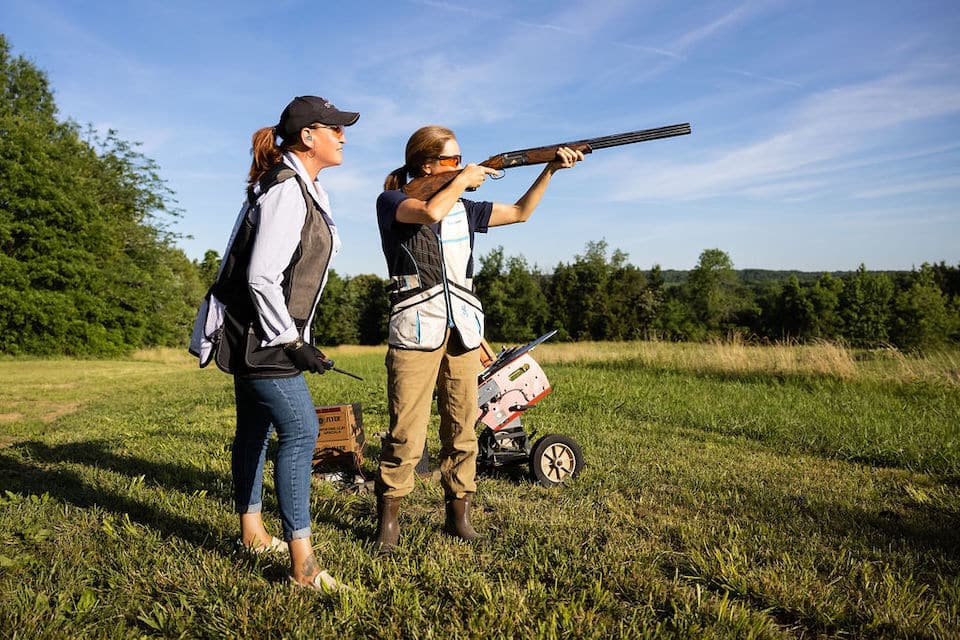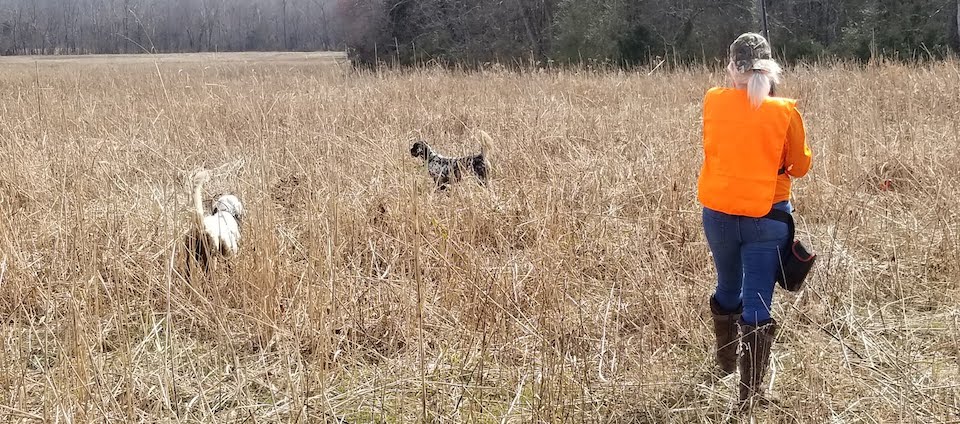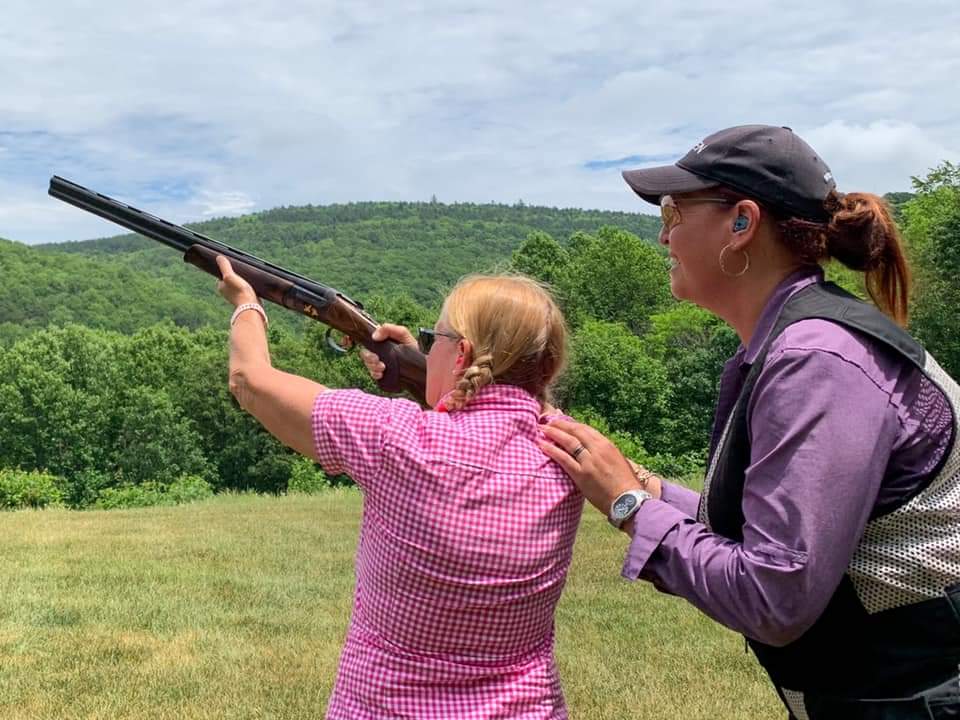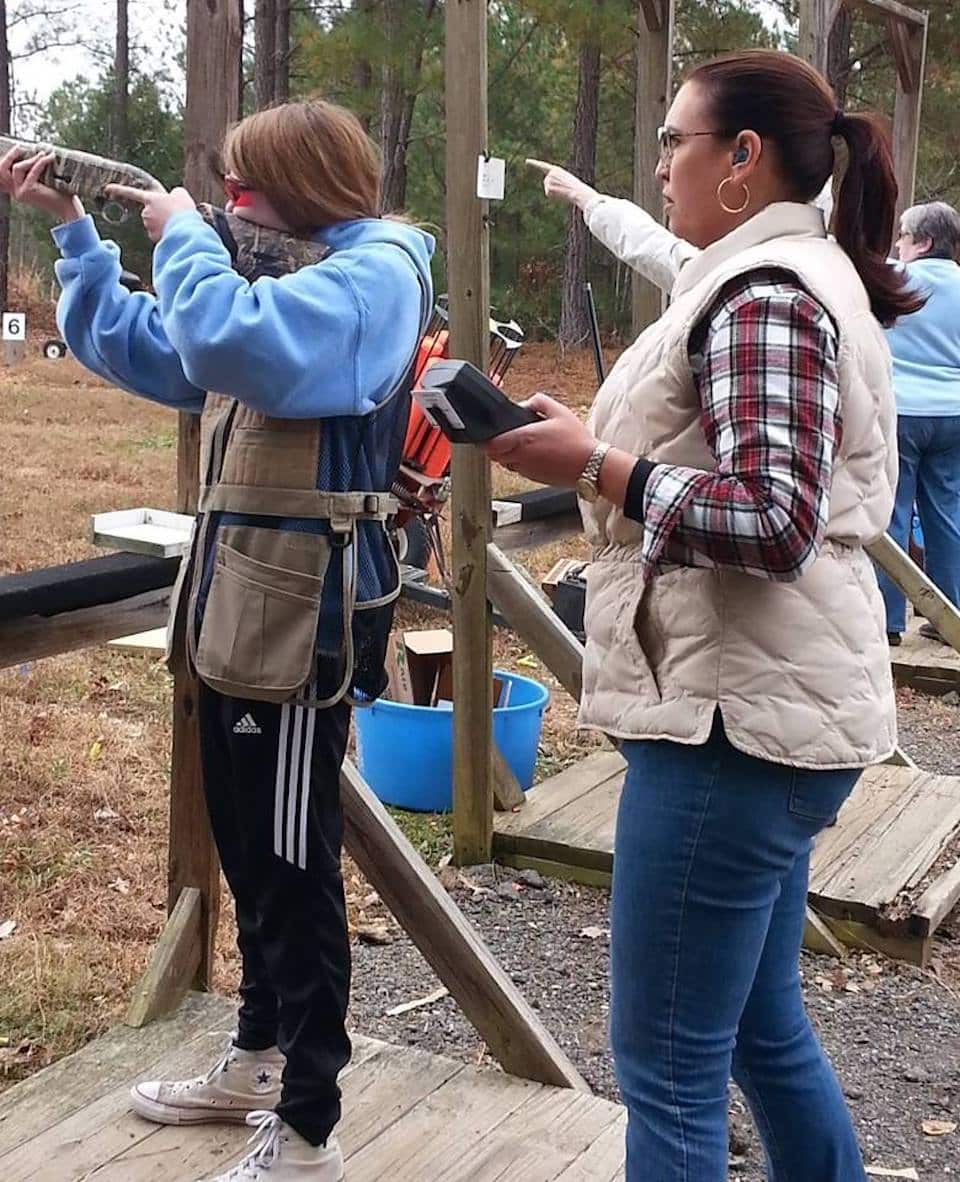You love shooting your shotgun, especially if it’s a fabulous Syren. You even set aside time every couple of weeks to go to your local clay course. You break clays, you miss clays, and you have a lot of fun, especially when the weather is gorgeous, and friends are going around the course with you. But your shooting isn’t improving. As a matter of fact, some days, you would swear it looked like you had never seen a clay target in your life, which begs the question, “Are You Building Skills or Pulling the Trigger?”
Sponsored by Syren USA
This is something that I hear from students on a regular basis. “I’m getting out to practice but why am I not getting any better?!” Well, there’s a super simple answer. You’re only shooting your gun and you aren’t really practicing, and you are definitely not training. Typical shooters believe that as long as they get to the course and pull the trigger, then they will get better at shooting. Unfortunately, this is not the truth of the situation. What do I mean?

You have shooting, practicing and training. Let’s take a look at each of these terms and really get an understanding of how and why each one needs to be in our shooting routine.
First up, shooting. This is what we do on a hunt, a day out with friends or family on the clay course, a leisurely setting. In other words, this type of trigger pull is the end result of hours of practicing and training. This is where you put the rubber to the road and get to see how your previous hard work is paying off for you. Shooting is usually what my students are doing in great quantity and expecting a bigger payoff and better abilities. Sorry, ain’t gonna happen. But why?

It’s because you should have been engaging in a dedicated practice all of those days at the course. That is how you hone a particular skill set. A true practice session that pushes you to master a particular target, say a quick left to right crossing presentation with a small window for reaction. Or maybe just 50 rounds on that soft, high teal. This is exactly why I assign homework. Yes, homework. I’m not as strict as my mentor, Dan Schindler, owner of the Paragon School of Sporting. He regularly schedules students to a couple thousand rounds on a presentation. With the scarcity of ammo and the cost involved, I’m quite happy with a couple hundred rounds. Regardless of the number of repetitions, the key is that you are repeatedly practicing a skill set.

Merriam-Webster has said the following for the definition of practice: “carry out, apply, to do or perform often; customarily, habitually; to perform or work at repeatedly so as to become proficient.”By the very nature of the definition, it leads one to the conclusion that an actual practice is a true working session to build on an existing foundation and to secure those fundamentals through regulated practice. Shooting is fun but, practice will make that shooting even more fun when your trigger pull and sight picture are second nature and not a baffling surprise beyond the bead on the barrel.
Finally, let us wander down the path of training. This is where the breaking down of barriers begins. This is where true learning and raw potential are exposed and developed. This is where I love to work with students. Training – the act, process, or method of one that trains; the skill, knowledge or experience acquired by one that trains; the state of being trained. (The preceding is another fine definition insight by our friends at Merriam-Webster.) If you look closely at the definition of training side-by-side to the definition of practicing, you will quickly correlate that training is gaining a skill set and practicing is mastering that skill set. When you are training, you are pushing yourself. You are gaining knowledge of how to perform an act or a function. In other words, you are learning a new skill set. I can’t stress enough that your training, hopefully with the assistance of a professional to make it easier and insure you are learning correctly, will be cemented into the foundation of your shooting skills through your dedicated practices. This is how you get better at shooting and quickly.

So, take the time to select one or maybe even two shot presentations. The next time you are at the course, spend about 50 to 100 rounds on just those two particular presentations. Can you guess what bird you aren’t ever going to miss again, whether it is on the clay course or in the hunt field? So, what about shooting? Well, that is why we work so hard training and practicing. So, we can absolutely enjoy the trigger pull when we go shooting.
Kate Ahnstrom, owner of Virginia Shooting Sports, is a certified, professional instructor of the Paragon School of Sporting. She has dedicated her life to sharing her passion for the outdoors and diversifying the dynamics on the clay course and the hunt field. Her tireless dedication to her students’ success is obvious in each and every lesson. Kate is on the pro staff for Syren, the resident pro at Orapax Hunting Preserve and the Preserve at Dundee, department editor for “Woods and Waters” magazine and field staff member of the Sisterhood of the Outdoors. She and her husband, Mike, enjoy their small farm in central Virginia where they have a menagerie of animals and plenty of room to train and work their beloved GSPs. Kate loves getting behind the barrel of her Syren Tempio Sporting in 20 gauge for all things clay and feathered. View all posts by Kate Ahnstrom